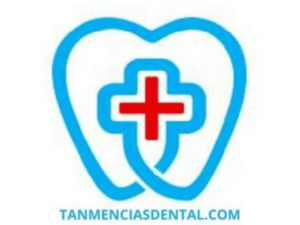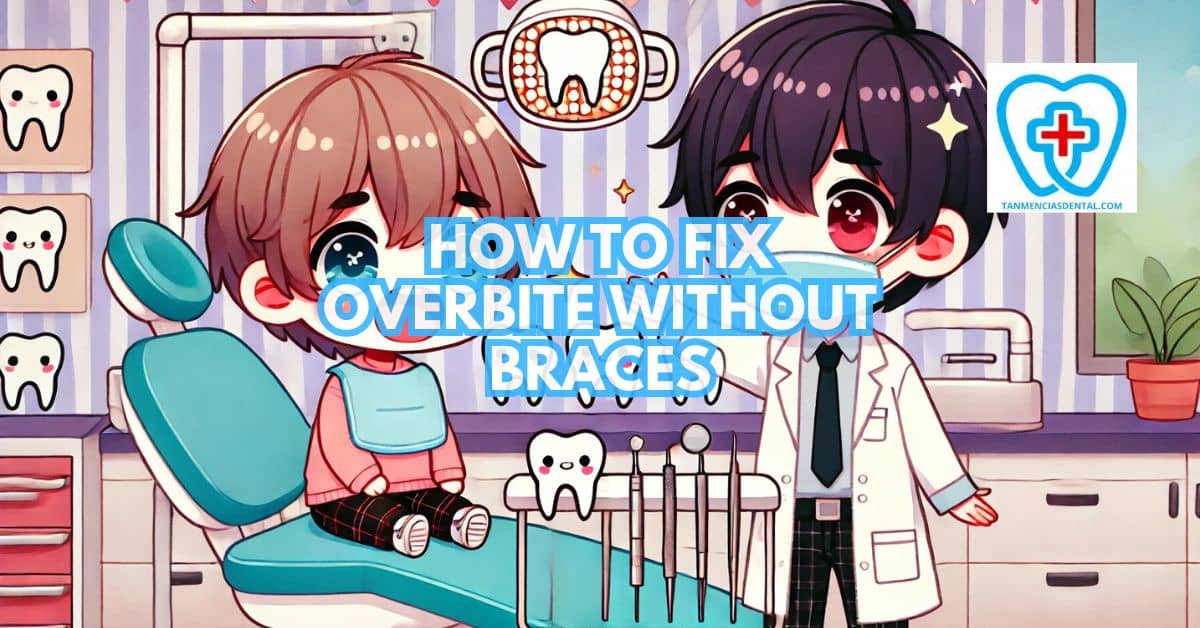An overbite happens when the upper front teeth extend too far over the lower front teeth.
While braces are a standard solution, many people prefer less visible or more convenient methods.
Alternative treatments include clear aligners, specific appliances, and exercises that address alignment.
Each method targets different aspects of the problem, offering tailored solutions based on individual needs.
Understanding these options helps in making informed decisions for correcting overbites.
1. What Is an Overbite? Understanding Its Causes and Effects
An overbite can occur due to genetics, jaw development, or certain habits like prolonged thumb-sucking.
It can lead to problems such as uneven tooth wear, jaw discomfort, and difficulty speaking or chewing.
Some overbites are mild and cause minimal issues, while others can significantly impact oral health.
Early detection is important to prevent these complications.
Recognizing the specific type of overbite helps in selecting the most suitable treatment.
🦷 Can You Brush Your Teeth With Salt? Unveiling the Surprising Truth Behind This Home Remedy
2. The Importance of Consulting a Dental Professional
Seeing a dentist or orthodontist is the first step in addressing an overbite.
They conduct a thorough examination, often using X-rays to evaluate jaw structure and tooth alignment.
Professional advice ensures that the chosen treatment is safe and effective for your specific condition.
Without proper guidance, treatments may not provide the desired results or could even worsen the issue.
A dental professional can also monitor progress and make adjustments as needed.
🦷 How Dental Cleanings Every 3 Months Can Help Prevent Serious Oral Health Issues
3. Correcting Overbites with Clear Aligners: How They Work
Clear aligners are a modern alternative to traditional braces for fixing overbites.
They consist of custom-made plastic trays that fit snugly over the teeth.
These trays apply gentle, consistent pressure to move the teeth into better alignment over time.
Treatment typically involves wearing a series of aligners, each slightly different, to gradually achieve the desired results.
Clear aligners are popular because they are nearly invisible and can be removed for eating and cleaning.
🦷 Are Dentists in Demand? Exploring the Future of Dental Careers
4. Exploring Orthodontic Appliances: Retainers and Expanders
Retainers and expanders are often used as part of overbite correction, particularly in younger patients.
Retainers help maintain tooth alignment after initial treatment, preventing the teeth from shifting back.
Palate expanders, on the other hand, widen the upper jaw to create more space and improve bite alignment.
These devices work best during childhood or adolescence when the jaw is still growing.
Both options offer effective, non-invasive ways to support overbite correction.
🦷 Are Dentists Open on Saturdays? Tips for Scheduling Your Dental Appointments
5. Jaw Exercises for Strengthening Muscles and Improving Alignment
Certain jaw exercises can help reduce an overbite by strengthening the muscles around the jaw.
Simple activities like gently pushing the lower jaw forward or repeating side-to-side jaw movements can encourage better alignment.
These exercises are easy to perform and don’t require special equipment.
However, they are most effective when combined with other treatments like retainers or aligners.
Consistent practice is key to achieving noticeable improvements.
🦷 Can You Brush Your Teeth With Soap? Uncovering the Truth Behind This Unusual Practice
6. Myofunctional Therapy: A Natural Approach to Overbite Treatment
Myofunctional therapy focuses on improving tongue posture and swallowing habits to address alignment issues.
Poor tongue posture can contribute to overbites by placing pressure on the teeth over time.
In therapy, patients learn specific exercises to train their tongue and facial muscles to function correctly.
This method is non-invasive and can benefit both children and adults.
Regular sessions with a trained myofunctional therapist are essential for lasting results.
🦷 Are Carbonated Drinks Bad for Your Teeth? Exploring the Effects of Soda and Sparkling Water
7. When Surgery Is Necessary: Options for Severe Overbites
In cases of severe overbites, surgery may be the most effective solution.
Orthognathic surgery involves repositioning the jaws to correct the bite and improve facial structure.
This procedure is usually considered when other methods like aligners or appliances cannot fully address the issue.
Recovery from surgery typically takes several weeks, and it may be followed by additional orthodontic treatments.
Though invasive, surgery provides a long-term solution for significant alignment problems.
🦷 Essential Steps for Effective Oral Prophylaxis: Unlocking Your Best Smile
8. Lifestyle Changes to Help Manage Your Overbite
Certain habits can worsen an overbite or slow down the progress of treatment.
For example, nail-biting, pen-chewing, and jaw-clenching place unnecessary stress on teeth and the jaw.
Avoiding these behaviors can support other corrective measures and improve overall oral health.
Eating softer foods and practicing mindful chewing may also reduce strain on the jaw.
Simple lifestyle changes play a significant role in managing and preventing further complications.
🦷 Can Your Teeth Fall Out With Braces? Debunking Common Misconceptions Among Patients
9. The Importance of Ongoing Monitoring and Maintenance After Treatment
After completing treatment, consistent follow-up care is crucial to maintaining results.
Dentists often recommend wearing retainers to prevent teeth from shifting back into their original positions.
Regular dental checkups allow professionals to monitor your progress and address any issues early.
Without proper maintenance, even successful treatments can relapse over time.
A proactive approach ensures long-term success and keeps your smile aligned.
🦷 How to Brush Your Teeth Without Water: Tips for Staying Fresh Anywhere, Anytime!
10. Cost and Accessibility: Understanding Your Treatment Options
The cost of overbite correction varies depending on the method, ranging from exercises and appliances to more expensive options like surgery or clear aligners.
Aligners are often pricier but offer convenience and aesthetic benefits, while retainers and expanders are generally more affordable.
Some dental providers offer payment plans to make treatments more accessible.
Understanding the financial aspects of each option helps in making informed decisions.
Accessibility to treatments also depends on factors like age, location, and the severity of the overbite.
🦷 Tan-Mencias Dental Clinic Marikina City
👨⚕️ Conclusion
Correcting an overbite without braces is possible through a variety of alternative treatments.
Each option offers unique benefits, from clear aligners to natural methods like jaw exercises and myofunctional therapy.
Consulting a dental professional ensures the right approach is chosen based on your specific needs.
With consistent effort and proper maintenance, you can achieve a healthier, well-aligned smile.
Investing in the right treatment improves not only your appearance but also your overall oral health.
😊 Self-Promotion
At Tan-Mencias Dental Clinic in Parang, Marikina City, we’re here to help you achieve your healthiest, brightest smile.
Whether you need a consultation, treatment, or have questions, our friendly team is ready to assist.
You can reach us by calling 9171451074, contacting us via Facebook, or filling out the contact form on our website.
We’re dedicated to providing top-quality dental care in a comfortable and welcoming environment.
Get in touch today—we’d love to hear from you!

